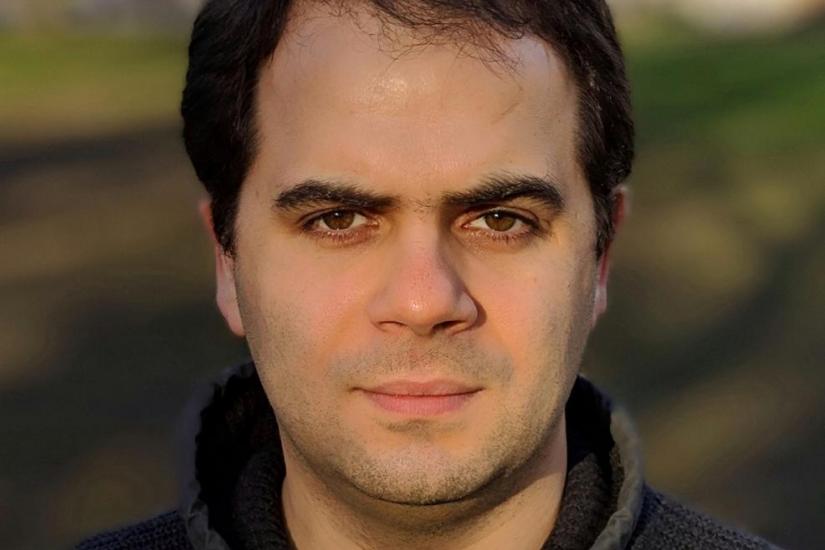
ABSTRACT | Network structures are shaped by evolutionary mechanisms and determine the central aspects of how a system functions. However, differently from systems that are naturally embedded in space, often we cannot simply “look” at network in order to extract its most important large-scale structural patterns. Instead, we must rely on well-founded algorithmic methods to extract this information from data in an interpretable way. In this talk, I review a principled approach to this problem based on the elaboration of probabilistic models of network structure, and their statistical inference from empirical data. I focus in particular on the detection of modules (or “communities”) in networks via the stochastic block model (SBM) and its variants (degree correction, overlapping groups, etc.). I will show how we can employ Bayesian inference to perform model selection and distinguish structure from noise – something not possible with heuristic non-statistical methods. I will also discuss how this modelling approach allows us to generalize from observations and perform network reconstruction from noisy or indirect data. Throughout the talk I will also present higher-order generalizations to layered and dynamic networks, connections to topic modelling in text, and numerical techniques that enable the application of inference methods to very large networks.
BIO | Tiago P. Peixoto is Assistant Professor in Applied Mathematics at the University of Bath, UK, and external researcher at the ISI Foundation, Turin. He received his PhD in Physics at the University of São Paulo, Brazil, and obtained his Habilitation in Theoretical Physics at the University of Bremen, Germany. Before becoming faculty at Bath, he spent his postdoctoral years in Bremen and Darmstadt, Germany. In Bath he leads a research group on Network Data Analysis and Inference, co-organizes the Centre for Networks and Collective Behaviour, and at the ISI Foundation he is part of the Network and Data Science team. His research interest lies at the interface between statistical physics, data science and machine learning, with a special focus on network science. His recent activity has been on the development of principled and efficient methods to extract scientific understanding from network data, as well as the theoretical modeling of network behavior and evolution, based on analytical tools and concepts from statistical physics, information theory and Bayesian statistics. As part of his research activity, he authored and maintains the comprehensive "graph-tool" package for network analysis (https://graph-tool.skewed.de).